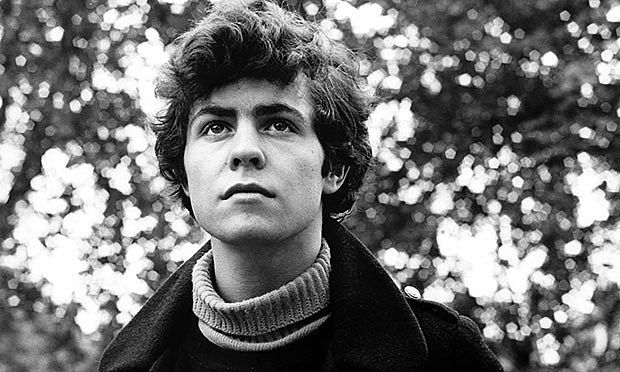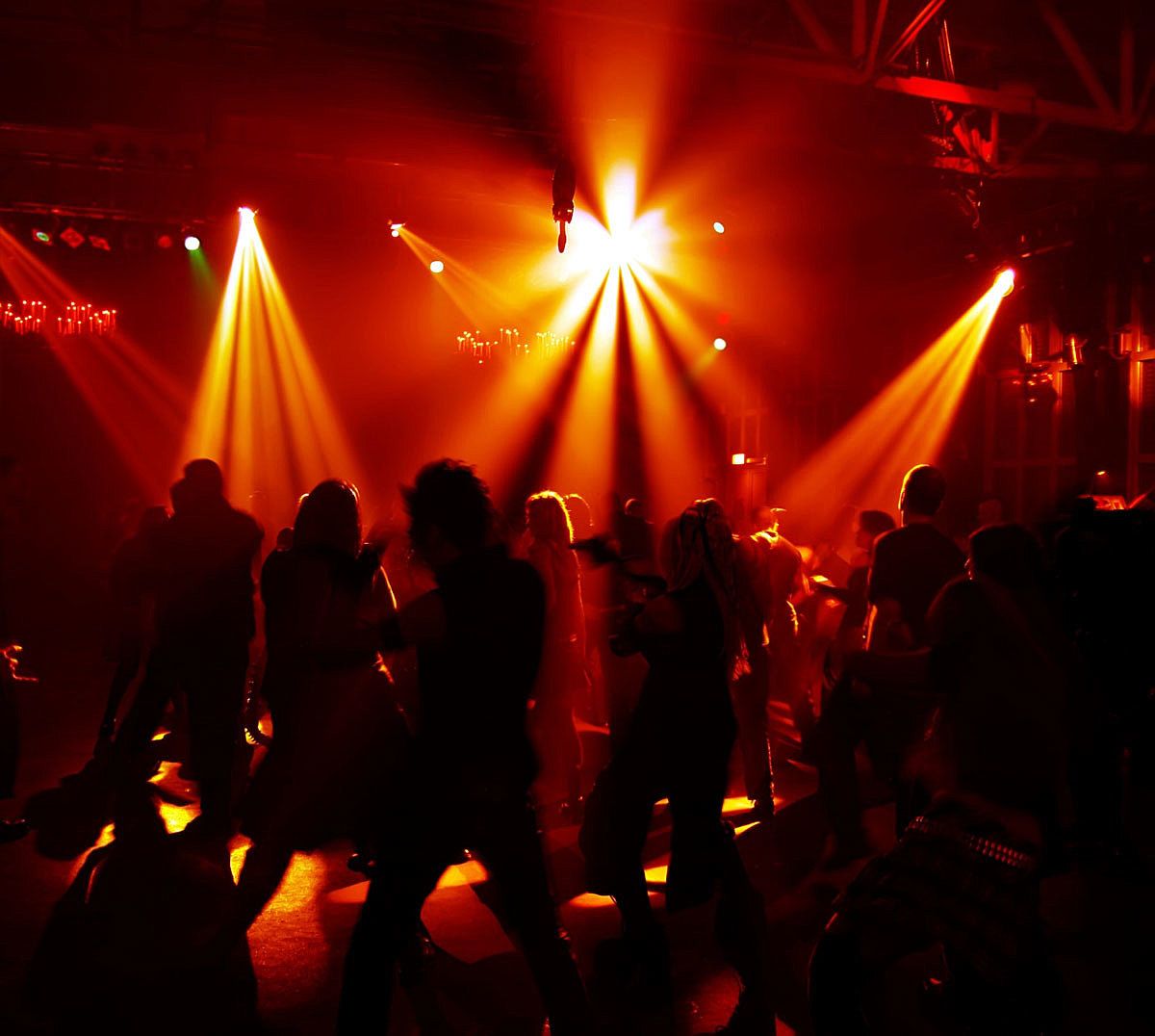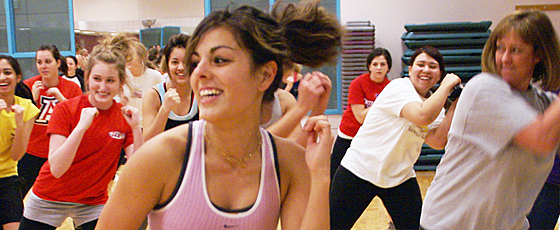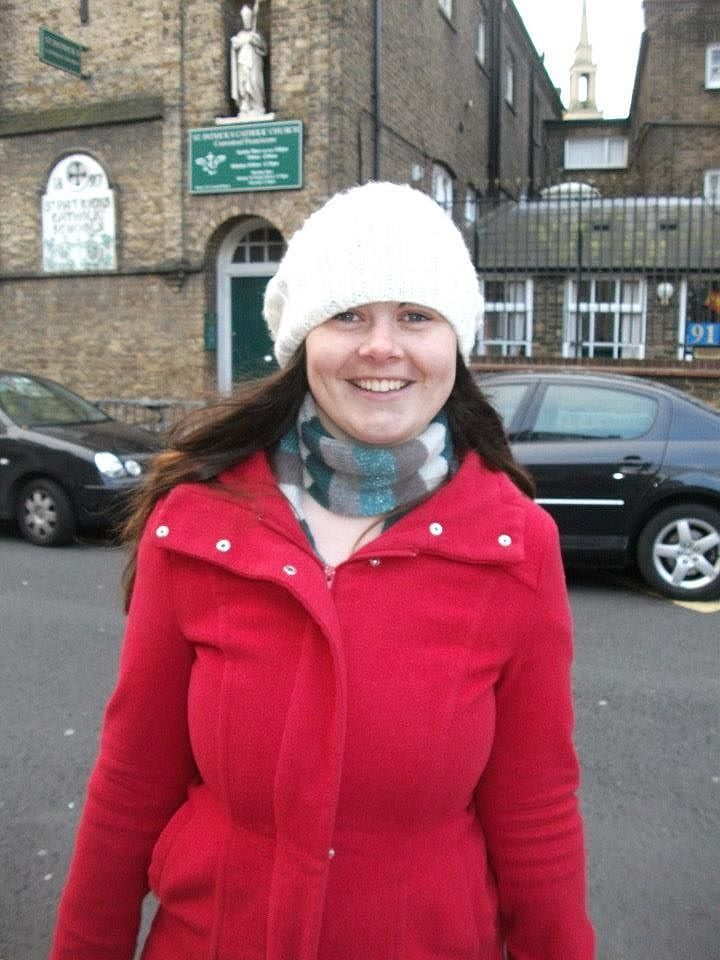V, Virgins and Vitality
Katie Rickson on dancing
He is a solo dancer. His moves are controlled with flexing wrists and swinging arms, transferring weight from one leg to the other. He wears a blue sports top, dark track pants and red boxing tape wrapped tightly around his wrists and the palm of his hands. His hair is shoulder length, with a few grey streaks. He has a warm face.
He’s chosen an unusual place to dance. On a sunny day, you’ll often find him beside a busy intersection on Auckland’s affluent North Shore. Some people think he is “strange” - my family included. But when I watch him, something makes me want to ask for his name and find out more. You see, at different times in my life, I’ve been a dancer too.
I’ve started smiling at him if I see him walking down the road, or on the bus, but I don’t think we are at the stage in our relationship to philosophise. We’ll see. Sometimes I see him walking towards his spot. He swings a large cotton shopping bag from right hand to left. He stays focused. If you happen to be at the dairy nearby, reaching for a V at the same time he is grabbing a sports drink, you might see beads of sweat on his forehead and cheeks. His focus, the drink of choice, and the perspiration could all be hints that his dancing is more functional than symbolic. An unconventional workout.
I try and understand why he moves on the same corner and why he does it by himself. Running alone? Sure. Dancing? That’s not a done thing round here, maybe not anywhere. I can’t say I’ve seen any lone dancing men (or women) on other street corners in the middle of the day. Unfortunately. Not on the North Shore, anyway.
I haven’t found the courage to speak to him yet. The conversations I have with him exist only as daydreams. I’ve created a running dialogue with him in my head. Musing over the importance of every detail. So I quiz the invented version of him every time my bus drives past.
And while I search for answers from this stranger I long to befriend, the act of watching slowly starts to reignite my own passion for a good old boogie.
“Dancing man, how did you get your spark, and how do I get mine back?”
Finding the impulse to groove, to shake what yo’ momma gave you, could be innate. Maybe my soon-to-be friend and I are pre-destined to move. Marc Bolan sang that he danced himself right out the womb, and there is an unadulterated joy in attaching literal weight to the lyric. Imagine babies not dragged kicking and screaming into the world, but displaying their best jazz hands to the midwives. As much as I want to succumb to this optimistic playfulness, the boring part of me tells me to believe that Bolan was lyricising figuratively.
I started dancing when I was two, or so Mum told me. Not quite right out the womb, but I still see it as a precocious start. I am curious to know how I moved at that age, if the routines were always the choreographed head, shoulders, knees and toes, and if I had any rhythm. Unlike my dancing man, I was part of a troupe with my little sister and our two cousins.
He wears old-fashioned headphones. I’d love to be privy to the music that fuels his movements. “Do you dance to cheesy pop and 60’s hits too?”
As a girl, away from my troupe, I sometimes strayed from the pure kids’ hits. I remember being in my Nan’s spare bedroom, Walkman in hand, headphones in ear, surrounded by floral décor and grooving to James Brown’s "Sex Machine". I was ten-years old, indifferent to the words, enraptured by the beat, Brown’s percussive grunts, the way he compelled me to move. This is what Bolan may be singing about, and what our dancing man is embodying - a groove compulsion. Dancing becomes a means to get out of the head, moving away from the everyday and towards the sensory. Dancing is of the body and it is the body, helping to locate you in an exuberant present.
Freestyle dancing is magic. It’s like writing without qualifiers. It is best to do this naked (preferably at home, not on street corners) with the music up so loud it becomes your pulse. Drawn curtains are optional.
He seems so carefree on that corner. “How do you not worry about what other people think?”
Admittedly, the moment you live in can become the past you cringe at later. When I was thirteen, we went on a family holiday to Aberystwyth, a “holiday resort” in West Wales. The six of us - Mum, Dad, and us kids - were stuck in a caravan. And did it piss down. The only memorable part of that holiday, for all the wrong reasons, was a talent competition I entered with my sister. We decided to perform to the Vengaboys’ “We Like To Party”. Our routine consisted of about six basic steps that were repeated to the monotony of the Venga-beat. We circled the middle of a grotty village hall in front of an unresponsive audience of sun-deprived English holidaymakers. Three minutes and forty-five seconds can seem like an eternity to both the performers and onlookers of such an uninspired sequence. How we came second overall is anybody’s guess. First place was awarded to “I Got You Babe”, sung by a Welsh Sonny and Cher tribute duo. Their reward was an extra night’s accommodation.
This moment in my dancing biography is not one of my proudest. The unrelenting rain and the confines of our caravan we rehearsed in were not conducive for unfettered expression. The repetitive routine we performed was programmed into my body by a dance school. Ultimately, I just wanted it all, the music and the holiday, to stop so I could escape.
“Who do you dance for?”
Then I got older, and dancing obtained an agenda. Sex. Bars and podiums, as an eighteen year old, were opportunities for performance, and I flaunted my moves like a peacock flaunts its feathers. Dancing was my mating call. In the more exotic locations of Thailand and Ibiza I twerked and slut dropped - before these words were even part of my vocabulary, or popular culture’s - on bars and pool tables, podiums and speakers. I relished in the feeling of being on another level, both literally and figuratively, by exploring my body dynamically.
But apparently, the female exhibitionism that manifests itself in these moves is tied into preconceived notions of unladylike promiscuity, to be monitored, scrutinised, and policed. Reading the new debates on old movements, I recently discovered that a course on “The Sociology of Miley Cyrus” was being taught in the 2014 summer semester at Skidmore College, a liberal arts institution in New York. In an interview with the Guardian, the course convenor, Carolyn Chernoff, described Miley as a “surprisingly complicated cultural moment”. Refusing to fit neatly in any box, creating complicated feelings and questions for the onlookers. I think my dancing man can relate to that.
As Miley proved, the demonstration and public representation of the body, especially in its female form, continues to be a complex source of intrigue, challenge and even shame. After a drunken dance one night at a work function, I overheard a colleague of mine ask my then boyfriend, “How did you end up with a girl like Katie?”.
I kept eavesdropping, expecting the conventional “this is how I met her” reply, but interested to hear how he related it.
Instead: “Oh, don’t worry, she was easy”.
I want to invite him out for a coffee so we can chat about the deeper stuff. “Why don’t more people do what you do?”
“Would you like anybody to dance with you?”
I’ve started thinking that I could join him. Or perhaps he likes being alone. I dream of starting some kind of revolution with him, challenging more people to spill onto suburban streets and break into dance. I know we have flash mobs, and dancing crews that perform choreographed routines, but we don’t have enough random acts of movement going on. In a world filled with obligations, deadlines and duties, there need to be more escape routes. And not just the chemically enhanced ones.
“How can I get the guts to dance in broad daylight, just because?”
I know that I’m prone to sentimentality. If I do ever gain the courage to talk to him, I may find out unpleasant truths and my naivety might be trampled on. I might find out that his dancing is purely for exercise. Maybe he is just a fitness junkie. Or perhaps my family are right, and he is "strange". In the clinical sense. “These movement manifestations are lovely, but the symptom of an illness nonetheless”, I might say airily if I was into psychoanalysis. Or what if he is not high on life, but simply high? At some point, this kind of onlooking becomes at best a kind of faintly patronising anthropological study, at worst voyeuristic.
What I do know is that when I was mentally unwell, it had the opposite effect. I housed a big black dog for several months, and when it rested its heavy head on my lap I was immobilised. Why couldn't I start breakdancing at the bus stop, instead of suffering through ugly panic attacks in a corporate bathroom? The urge to move in any positive direction was snatched from me. I became a pacer by night and a sleeper by day. There was no energy left for me to dance when all I could do was ruminate on how abhorrent I believed I was.
When I finally felt free enough to wiggle again, it was a sign that the hound had been put down. I shredded his clinging coat, and hip-hop and Zumba became my very own movement therapy. It was wonderful to use my body again after being trapped in my mind for so long. As a twenty-something, I crumped, popped and gyrated within the safe, mirrored, and well-lit walls of a suburban Auckland dance school. It was part of a mental and physical health routine, as I sweated out endorphins into the perfectly air-conditioned studio.
However, what creativity existed in these classes was structured. A teacher led the class and we followed his steps. Having mirrors encourages you to correct yourself, too. You tend to be more focused on form and “doing it right”, over individuality. A chance to express yourself it may be, but it’ll take a lot of convincing for me to dance like that in a public place in the middle of the day, without the safety net of structure.
Now I am getting close to thirty. I’ve stopped going to dance classes and I rarely dance in bars, let alone on them. (I’ve discovered weddings are socially acceptable places to show off my moves, but I don’t want to risk being kicked out of one for dancing on tables). I could use my financial circumstances as an excuse, being a student, but I think it has more to do with me giving in to my socially informed inhibitions and spending more time exploring my intellect rather than the sensory side of my identity.
I’m intrigued by No Lights No Lycra, the increasingly global craze that’s landed in hip and leafy Grey Lynn. Here, you can turn up when you are in the mood and dance for the fun of it. It might just reignite my love affair with uninhibited dancing. It’s removed from the public gaze, and in that sense it's perhaps the self-conscious sibling of free-styling at an intersection.
I sometimes still think of Elaine’s infamous “little kicks” routine in Seinfeld. Dancing at office parties is acceptable when both feet stay on the ground (that is, no sudden leg jerking) and movements of other limbs are subdued. When I was nineteen, I danced on a table at an office function. It came back and bit me several years later, the sort of thing you convince yourself everyone doesn’t remember. The adult adage of “everything in moderation” always holds true, and more often than not, if you don’t observe it someone else is watching and judging.
As we take our last sip, I ask my final question: “Do you think you’ll always dance?”
“I danced myself into the tomb”, Marc Bolan goes on to sing, and sometimes I think about death too. Not in a gloomy way, but just the preferred method. I aspire to have the coroner report: Over-exertion from exuberant dance-off. “Is it strange to dance so soon?”
And as I get off the bus and rush to the dairy, craving a V and fretting over life’s existential questions, I see him heading to his corner, cotton shopping bag in hand, a relaxed expression on his face, and red boxing tape on his wrists. We make eye contact and smile.




